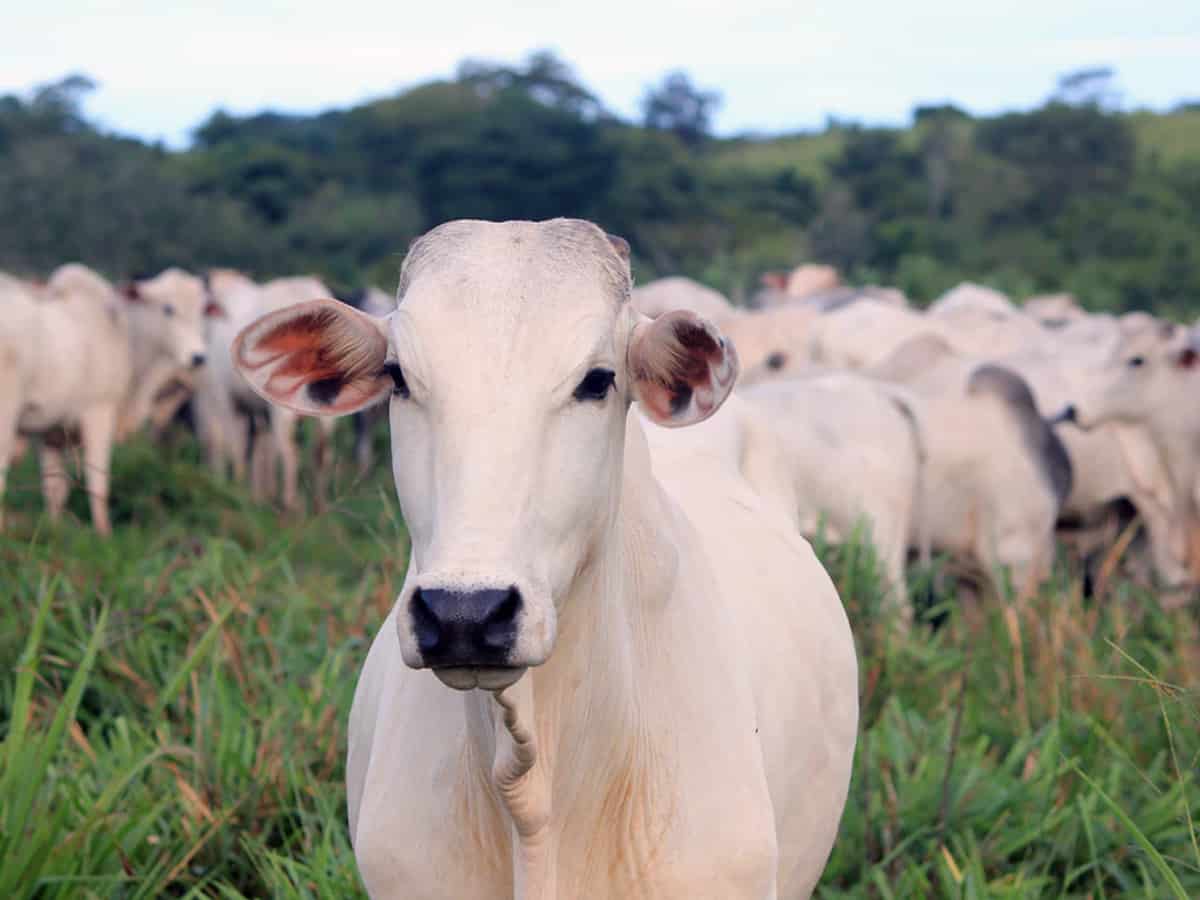
The Border Security Force (BSF) claims that it has successfully done away with illegal supply lines for Indian cattle in Bangladesh after a clamp down on the movement of smuggled animals across the International Boundary (IB) between the two countries.
The illegal ‘haats’ or cattle markets that existed across the IB have also been wound up due to the lack of adequate supply from India. This has happened over the last few years.
“In Bangladesh, beef is no longer a cheap source of protein. Five years ago, the price of beef was Taka 350 per kg. This year, it has gone up to Taka 650 a kg. The increase in diesel prices is responsible to a certain extent but the biggest factor is the drop in supply from India. Earlier, we would go to the haats and get a few hundred heads of cattle before Eid. Nowadays, all we can procure is about 10-12. This should be a lesson for Bangladesh. It hasn’t developed the cattle rearing industry to meet the country’s demand for beef. Nearly half of the country’s demand was met through cattle smuggled in from India,” a trader in Jessore said.
“We have succeeded in stopping cattle smuggling along the South Bengal Frontier. However, India and Bangladesh share a nearly 4,000 km long border. There are operational challenges. A few heads of cattle do get across. I would say that the figures have dropped by 98 per cent. Cattle smuggling used to be a lucrative business, even for Indians, till the Central Bureau of Investigation (CBI) took up investigations. Some BSF officers have also been implicated and law will take its own course. So far as the BSF is concerned, we are mandated to stop all kinds of crime along the IB. This includes the smuggling of cattle. I think that we have done a commendable job,” a senior BSF official said.
Till recently, thousands of cattle heads, including old milch cows and young bulls made their way to the Indo-Bangladesh border from several states across India to be smuggled across. There is a logic that goes around that a milk trader can no longer afford to maintain a cow after she stops lactating. The bulls born are of no use anyway and can land up as prime beef on anybody’s plate. There is another school of thought though. The milk traders can seek a humane way to end the lives of their cows or bulls by euthanising them. After all, the livelihoods of these traders depended on the cows that they now wish to discard.
“They can work out a solution with the government. The discarded cows and bulls roam the streets, waiting to be butchered. There can be set-ups where these animals can be euthanised and pass away with dignity. Their skins can then be used by our leather industry and the remains can be put into furnaces. That is the best way. How can a milkman who has grown rich by selling the milk of a cow want it to end up as a part of beef biriyani, either in India or Bangladesh? There is no religion involved here. It is about respect. We don’t even want our old car to be shredded into pieces at a junkyard,” the member of an animal rights group said.
An official in the Indian Ministry of Home Affairs spoke on how the leather and ceramics industries in Bangladesh had been surviving solely on cattle smuggled from India. “We have information that there has been an impact on these industries in Bangladesh. That is what happens when industries depend on illegal imports,” he said.



